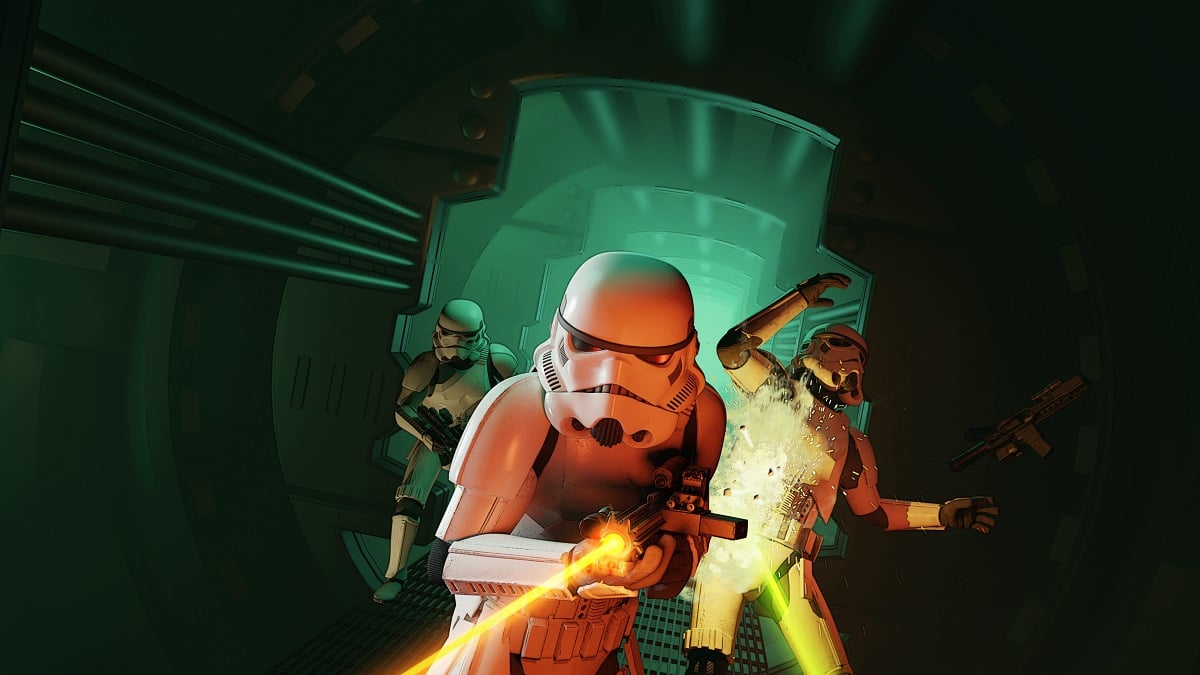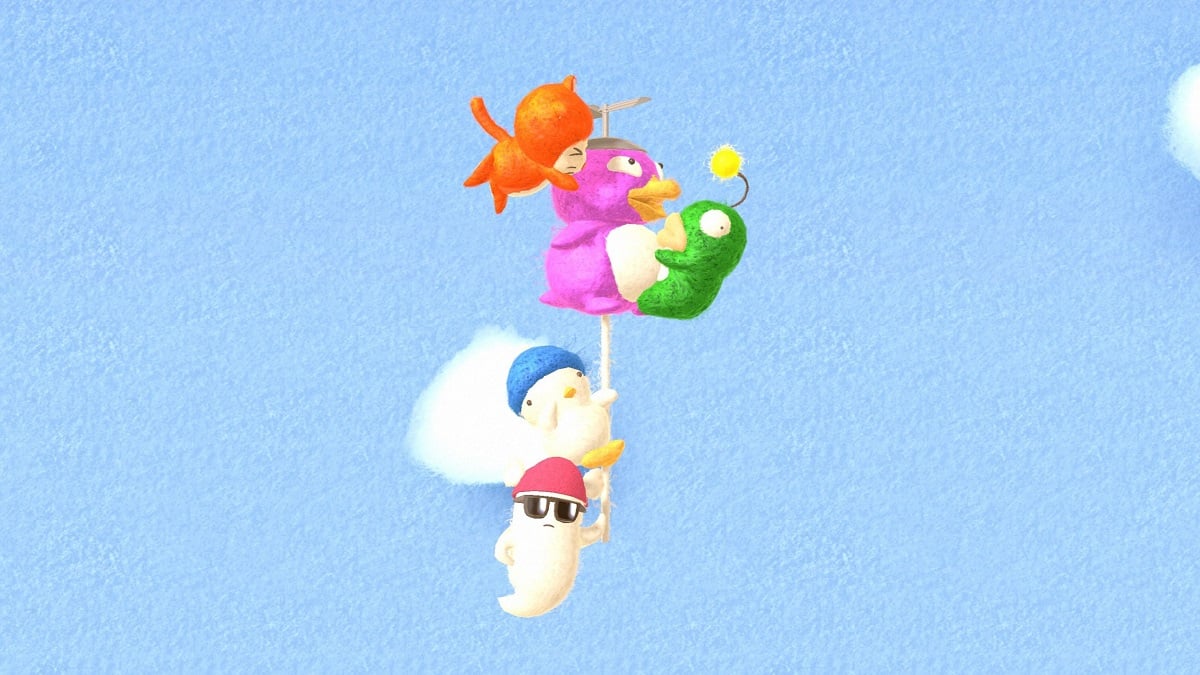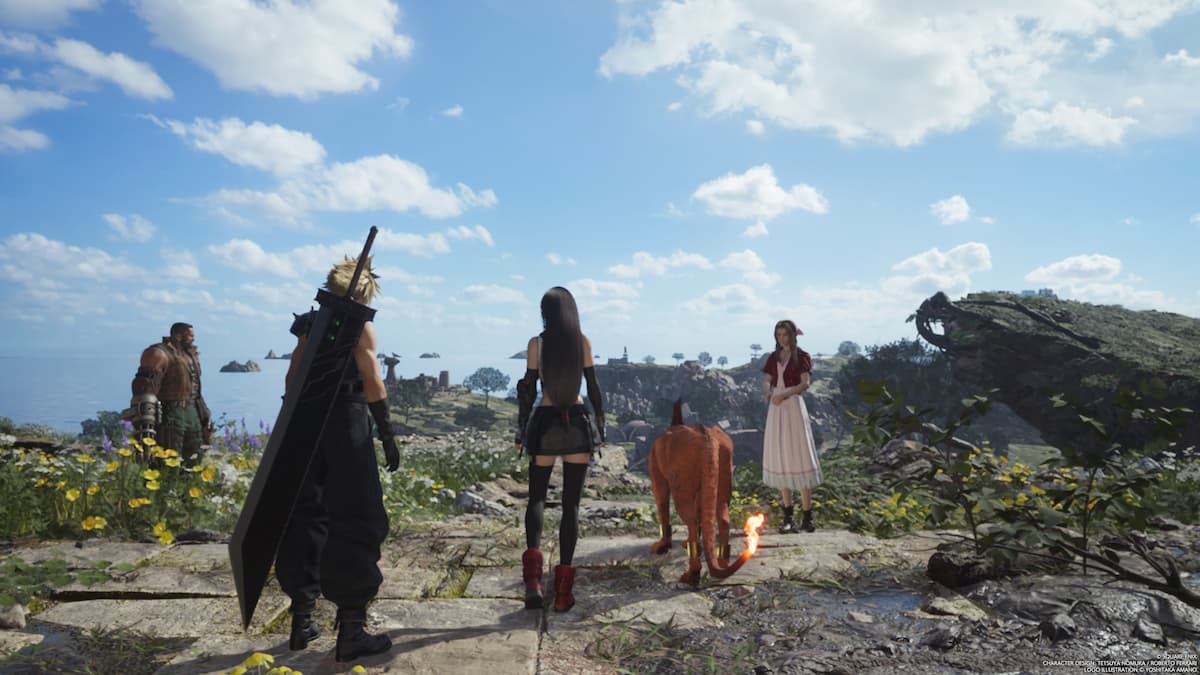
The Assassin’s Creed games are large, by way of each recognition and scope. Ubisoft’s hit franchise makes use of a mix of historical past and fiction to create immersive worlds, all supported by various gameplay and interlocking programs. Like its predecessors, the upcoming Assassin’s Creed Valhalla is formidable; it’s an thrilling dive into the lives of the Vikings, defining the enduring historic figures by means of battle, peace, and exploration. That’s lots of floor to cowl, so we spoke to producer Julien Laferrière and narrative director Darby McDevitt to interrupt down this large expertise and set the stage for Valhalla’s launch.

Shedding The Stereotype
Players management Eivor, a Viking hero who will be both male or feminine. After a prologue set in Norway, Eivor’s clan leaves their homeland to settle in England. Though Vikings are sometimes remembered for raiding and looting, Valhalla goals to transcend the mainstream stereotype and look at the extra human tales behind the Vikings’ enlargement.
“Vikings were generally known as antagonists to everyone else, but there’s a romance to them too, with the hindsight of history – just like pirates,” McDevitt says. “The story we wanted to tell is: Why did a huge group of Norse people leave Norway and go settle all over the world? They found Iceland, Greenland, they settled the Faroe Islands, Ireland, England, Normandy – all these places. It wasn’t just to rob from them. It was to settle and stay there, because they were running out of space and resources.”
“In popular culture, you think about this bearded guy with horns on a drakar, just raiding and putting fire to everything he can see,” Laferrière says. “This is really a cliché that we wanted to steer away from … Vikings were raiders, yes. Very famous warriors as well. But they were also settlers and explorers.”

Ravensthorpe
The Assassin’s Creed collection has given gamers a spot to name house prior to now, like Monteriggioni in ACII and the homestead in ACIII. Valhalla goes above and past these efforts with Ravensthorpe, the settlement that acts as Eivor’s base of operations. This is the place you provoke quests, discuss to your fellow Vikings, and construct new constructions (like a blacksmith) to boost your capabilities. Ravensthorpe begins as a small village, however as Eivor features sources and mates, you broaden your settlement and your affect.
“The settlement growth is tied to the pacification of England,” McDevitt says. “As you go out and come back and get alliances – and as the settlement grows – your reputation grows and people want to meet you. It’s funny, because the front half of the game, you’re going out and seeking alliances yourself. In the back half, because you have a reputation, more people are coming to you, saying ‘Hey, I heard you’re great. I’ll give you an alliance if you help me with this massive problem.’”

The Viking Flower
If you have been to attract your path by means of the story in earlier Assassin’s Creed installments, it could most likely be a wavy line; you steadily transfer towards your purpose, however you stray off-course for sidequests and different detours. The crew thinks of Valhalla’s story construction as a flower; each quest begins and ends on the settlement, however loops out like a petal as Eivor explores new lands and seeks alliances.
“Everything starts at the heart of the game, which is the settlement,” Laferrière says. “You pledge to a given quest arc, you do that quest arc. Through that series of stories you venture into a territory of the game, meet some interesting characters, and then you come back to your settlement.” This distinctive strategy provides the narrative an episodic feeling, since it’s extra about conveying the Viking fantasy than killing an archrival or chasing an Isu artifact.
“There’s not a hard plot driving you through,” McDevitt says. “There’s this series of episodes that all touch on the themes of leadership, honor, reputation, shame, betrayal. And then tucked into that is this more personal story of Eivor and prophecy. That story of prophecy is going to be more familiar as a Western story with a three-act structure, but it’s going to be threaded into this much bigger episodic story that feels more like a Norse saga.”
That isn’t to say that the narrative is unfocused. Like Odyssey, Valhalla basically provides gamers three arcs to pursue. One is targeted on Eivor personally, one is in regards to the clan’s enlargement, and the third entails the battle between the Assassins and Templars – or the Hidden Ones and the Order of the Ancients, as they’re identified throughout Valhalla’s time interval. Unlike Odyssey, these three plots converge ultimately, slightly than finish independently. “There’s a certain point – a big point in the middle – where you can follow each story individually,” McDevitt says. “But they also will close in a specific order to give a different sense of conclusion.”

The Hit List
Eivor isn’t the one Viking hero. Sigurd is Eivor’s brother, the son of King Styrbjorn by blood (Eivor is adopted, however no much less a part of the household) and the clan’s official chief in England. When Sigurd returns house after just a few years away, he’s accompanied by some Hidden Ones, and that is how Eivor will get wrapped up in a battle towards the Order of the Ancients. You have a full menu (impressed by the one in Odyssey) that lists your targets from the order; taking them out helps you safe alliances in new areas, however Eivor can reap these advantages with out being ideologically dedicated to the trigger. “It’s not as black and white as, ‘I’m 100-percent enemies with the Order of the Ancients, and 100-percent friends with the Hidden Ones,’” McDevitt says. “It’s a little more juicy than that.”

Accommodating Combat
Versatility is a driving power behind Valhalla’s brutal fight. With dual-wielding and a wide range of weapons like axes, bows, and the enduring hidden blade, you’ll be able to pursue a preventing fashion that feels best for you. Plus, totally different skills connected to particular items of drugs offer you much more choices. For instance, you may need an armor set that will increase your injury output if you happen to’re low on well being, which is a high-risk strategy that can lead to spectacular triumph or horrible defeat. Or perhaps you’d slightly play it protected and strike from the shadows. “If you want to play a badass Viking who likes to fight with a two-handed axe, the game will support that,” Laferrière says. “If you want to play an assassin oriented around stealth, the game will allow you to do that … it’s a game that caters to a lot of different playstyles.”

Terror On The Water
You can’t be a Viking raider with out raiding, and you may’t raid with no ship. Valhalla places Eivor in control of a ship and crew, permitting you to assault English settlements and achieve sources. But formal raids aren’t the one time you will get some assist out of your Viking companions. “We came up with ‘raid anywhere,’ which is basically any sort of military location along the shores,” Laferrière says. “Not necessarily a ‘raid,’ per se, but you’re able to use your crew to help you out in this context.”

Assassin’s Creed Odyssey (2018)
Lessons From Odyssey
Before Valhalla, Ubisoft Montreal’s final Assassin’s Creed game was Origins. However, with Odyssey releasing in 2018, the crew was additionally in a position to be taught from that installment throughout Valhalla’s growth. This contains integrating a few of Odyssey’s profitable improvements, like how gamers use abilities in fight. “A good example of something Odyssey brought is all the abilities you can equip,” Laferrière says. “That’s a super-cool thing we wanted to bring back with our own flavor and our own twist in Valhalla.”
Valhalla can also be in a position to enhance on areas the place Odyssey confronted some criticism. For instance, Odyssey had lots of cool legendary weapons and armor, however they might get buried amid an abundance of not-so-cool loot. “We wanted to transition from an economy that is loot-based to something more collection-based,” Laferrière says. “Vikings were taking good care of their weapons and gear, sometimes passing them down generations, so that’s something that is historically accurate. But the reason we did it isn’t only because of history. It’s mostly because of player behavior. We know that when players find a good piece of loot, they like to stick with it and upgrade it.”

Assassin’s Creed Odyssey: The Fate of Atlantis DLC (2019)
The Modern-Day Story
Assassin’s Creed Origins launched a brand new modern-day story arc starring Layla Hassan, and Odyssey continued Layla’s quest. Valhalla is the concluding chapter of that story. Like earlier entries, some sequences have gamers controlling Layla outdoors of the Animus – however your interactions with the modern-day arc now transcend these interludes.
“The amount of time you spend in the present day would be equivalent to [Origins and Odyssey], but with the added provision that there are these Animus anomalies in the simulation layer,” McDevitt says. “You’ll find quite a lot of them; when you find them as Eivor and touch them, the whole simulation freezes and then Layla drops the disguise. She becomes Layla in the simulation, and then you have dialogue with your present-day characters there, and you have to solve puzzles, and things like that. And they are very cool, and the rewards for them are mind-blowing. So, we found a way so you don’t have to get out of the Animus at all times to do the present-day; sometimes the present day happens in the Animus.”

Next-Gen Advantages
Even although Valhalla is releasing on current- and next-gen consoles, the content material of the game stays the identical it doesn’t matter what system you play on. The massive distinction between the variations is technical, with the brand new era providing improved visuals and efficiency. “I’m playing the game on the test kits that we have, and it’s definitely a cool and smooth experience,” Laferrière says. “I’m amazed by what we can get. Just think about your go-to AC game and think about the amount of loading that we have, and how much improving that can help. For example, when you use the raven in [Valhalla]. Traditionally, if the raven or eagle would go too far, you would have this loading. Now, in a normal use of your raven, you immediately go back to your character … Because next-gen has better loading capacities and so on, I feel that the immersion of the game will just be better.”


